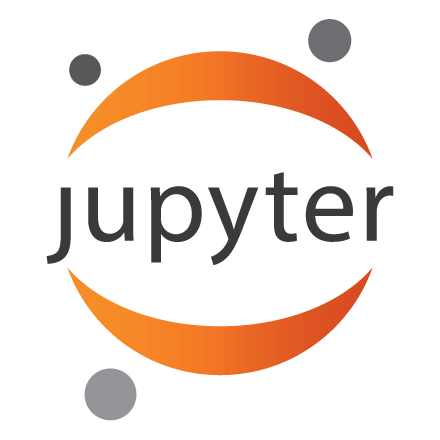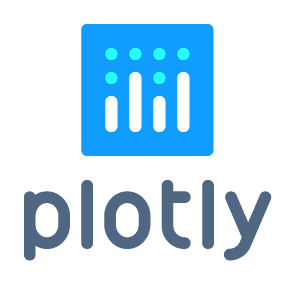OxShef: Tools
Visualisation Tools
There are hundreds of visualisation tools and packages used by researchers for communicating research datasets. OxShef: Tools cannot hope to be a reference or a recommendation engine for all of these solutions. We maintain a collection of the most popular/versatile tools below. For a birds eye view of the entire range of dataviz tools avaialble, you might find this resource useful: http://www.visualisingdata.com/resources/.
Data can be pulled from external sources
Tools that can pull data from external sources fullfil OxShef: Tools reproducible dataviz workflow requirements and are highly recommended by us. In general, we will provide a dedicated website for such tools in the table below.
Data cannot pulled from external sources
As data cannot be pulled directly from a data repository, these tools do not meet OxShef: Tools reproducible dataviz workflow requirements. You will be required to duplicate your data on the visualisation service’s website, which makes keeping your visualisation consistent with your canonical datset difficult.
Visualisation tools fit neatly into these two categories, either of these may be suitable for a reproducible dataviz workflow.
Point and Click Tools
These allow users to build visualisations interactively, for instance selecting columns from a spreadsheet-like view of your data and clicking “Create BarChart”. Examples of this type of tool include: Excel, SPSS and Tableau.
Scripting Tools
These require users to write code (or scripts) to generate visualisations, such tools in general have a steeper initial learning curve than “point and click tools” but allow greater overall flexibility and extensibility. Examples of this type of tool include: Python, R.






